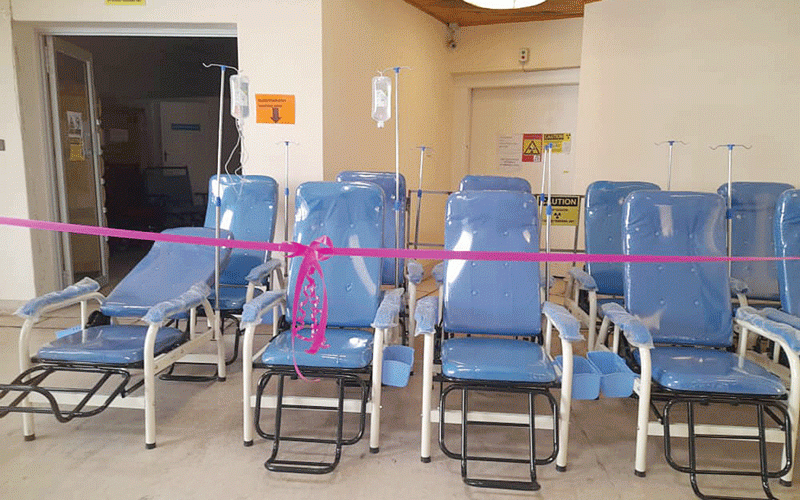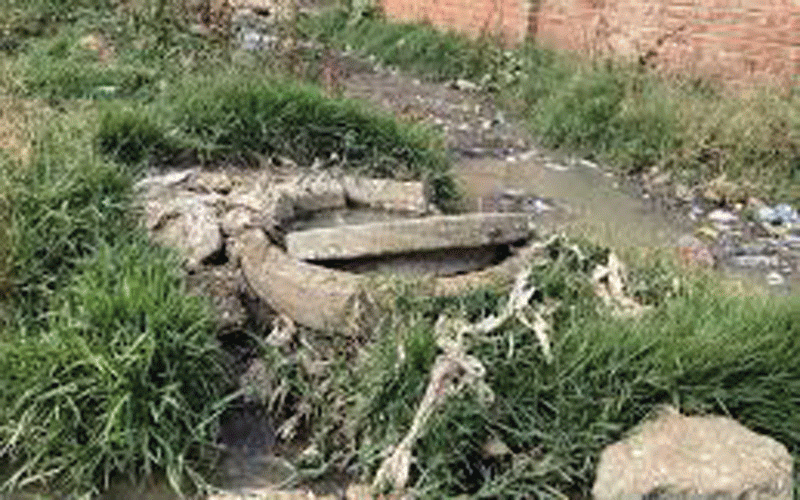OVER 1,5 million people are estimated to be food insecure, according to a latest Zimbabwe Vulnerability Assessment Committee (ZimVAC) 2023 report.
“They will need 18 915 metric tonnes of cereal per month. Harare had the highest population of 705 480, which was projected to be cereal insecure,” the report read.
According to the report, Midlands had the highest proportion of households projected to be food insecure.
“Matabeleland South (22%) and Mashonaland Central (25%) had the least proportion of households projected to be food insecure,” the report said.
“Mashonaland East had a significant decrease in food insecurity from 53% in 2020 to 27% in 2023.
“Greater Harare 1 (5%), Kadoma (9%) and Gwanda (10%), had the least proportion of households projected to be food insecure. Redcliffe (71%) had the highest proportion of households projected to be food insecure.”
Keep Reading
- Zanu PF official suspended over violence
- Govt to feed 2m hungry Zimbos
- Harare’s drug lords ruling over ghettos
- Drug shortage stalls FMD fight
On children, ZimVac noted a poor quality of diets for children, saying this is resulting in stunted growth.
“Nutrition sensitive multisectoral approaches that target women of child bearing age are recommended to raise awareness on the importance of diversified diets.”
ZimVac based its analysis on security on “availability of food, access to food, the safe and health utilisation of food, the stability of food availability, access and utilization”.
“Household food security status was determined using four parameters: food poverty line, household monthly income, household food consumption score and household hunger scale.”
ZimVac, which was established in 2002, is a consortium of government, development partners, United Nations, non-governmental organisations, technical agencies and the academia.
The latest survey focused on urban households residing in the medium-density, high-density, and peri-urban areas of Zimbabwe and it covered urban council areas, administrative centres, growth points and other urban areas.





